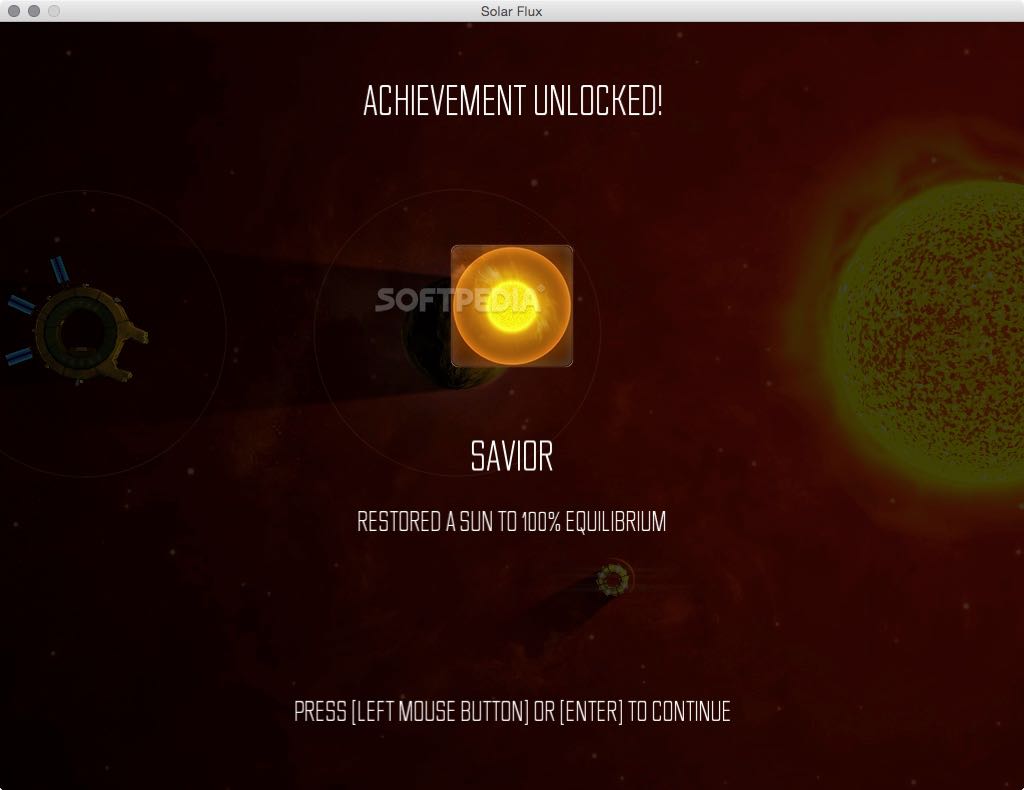

The freezing temperatures being higher than ambient mean that there is a possibility for the salt to freeze in the solar field during its operational lifetime (25–30 years), and the plant must be designed to recover from such an occurrence. Salt mixtures operate within a limited temperature range due to high freezing temperatures (90–220 ☌) and relatively low stability limits (≤560 ☌). This direct approach will also boost the solar field–operating temperature to increase the power-cycle efficiency and – combined with the cost reduction for TES – reduce the levelized cost of energy of the plant. Incorporating this methodology in future parabolic trough concentrating solar power plants is an opportunity for capital and operational cost-savings.Ī direct approach currently being considered entails using the molten-salt storage media as the HTF in the solar field, significantly reducing the cost of TES. These results suggest that controllable solar flux heating could effectively supplement or replace impedance heating in the freeze recovery system. At these conditions, freeze recovery using solar flux heating will not significantly affect receiver lifetime. A preliminary stress analysis indicates that the temperature difference across the receiver tube should be maintained below about 70 ☌ for heating up to 300 ☌ at internal pressures ≤10 bar. At the same time, controllable solar flux heating introduces nonuniform solar fluxes on the receiver surface, which can induce significant thermal stress on the receiver tube. Results indicate that concentrated solar heating has the potential to melt frozen salt in 5.6 h, compared to that in 8.8 h for a 300 W m −1 impedance heating system. A computational fluid dynamics model was developed to explore the solidification and melting processes of molten salt in a parabolic trough receiver and to assess the viability of this concept. A lower-cost alternative is proposed to use controllable concentrated solar flux directly from the parabolic mirrors to thaw salt that is frozen in the collector. Currently impedance heating is expected for freeze recovery of the collector loops, but this method can be expensive. In molten-salt parabolic trough plants, the melting process is particularly important for freeze recovery of salt that is solidified in a collector loop, should such an event occur. Journal of Verification, Validation and Uncertainty Quantification.Journal of Thermal Science and Engineering Applications.Journal of Offshore Mechanics and Arctic Engineering.Journal of Nuclear Engineering and Radiation Science.

Journal of Nondestructive Evaluation, Diagnostics and Prognostics of Engineering Systems.Journal of Nanotechnology in Engineering and Medicine.



 0 kommentar(er)
0 kommentar(er)
